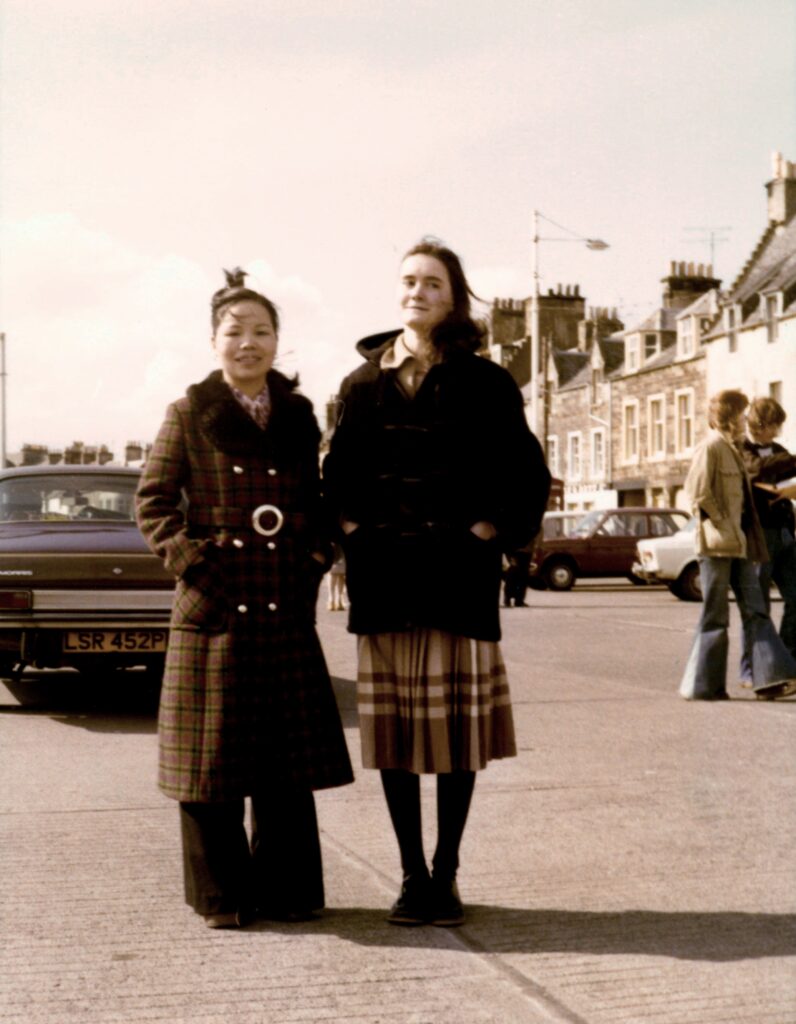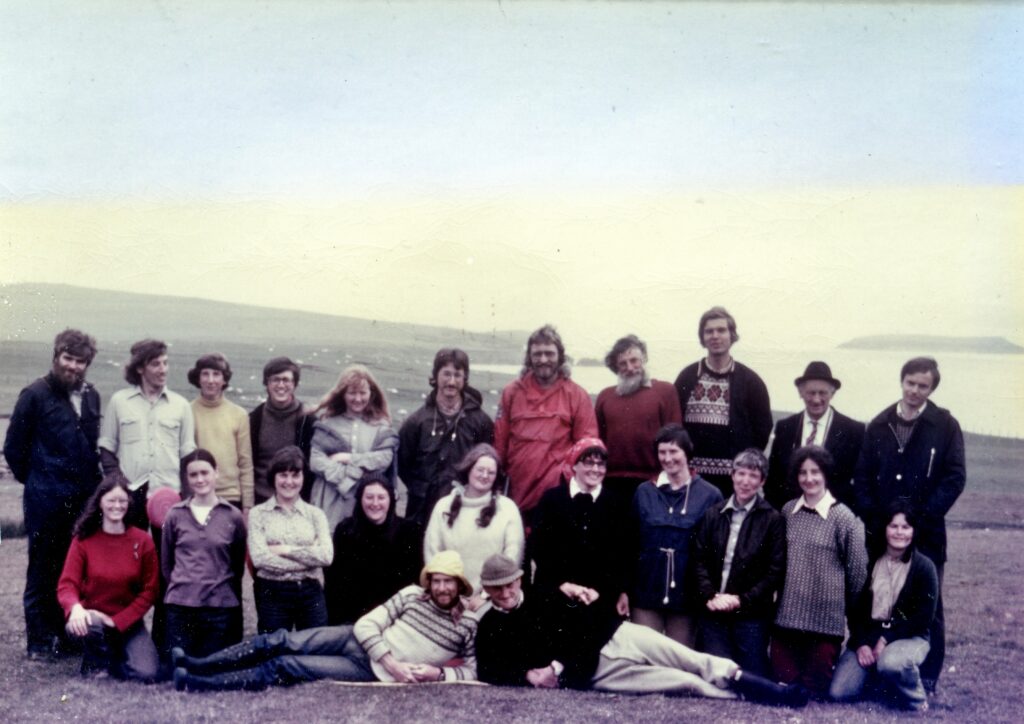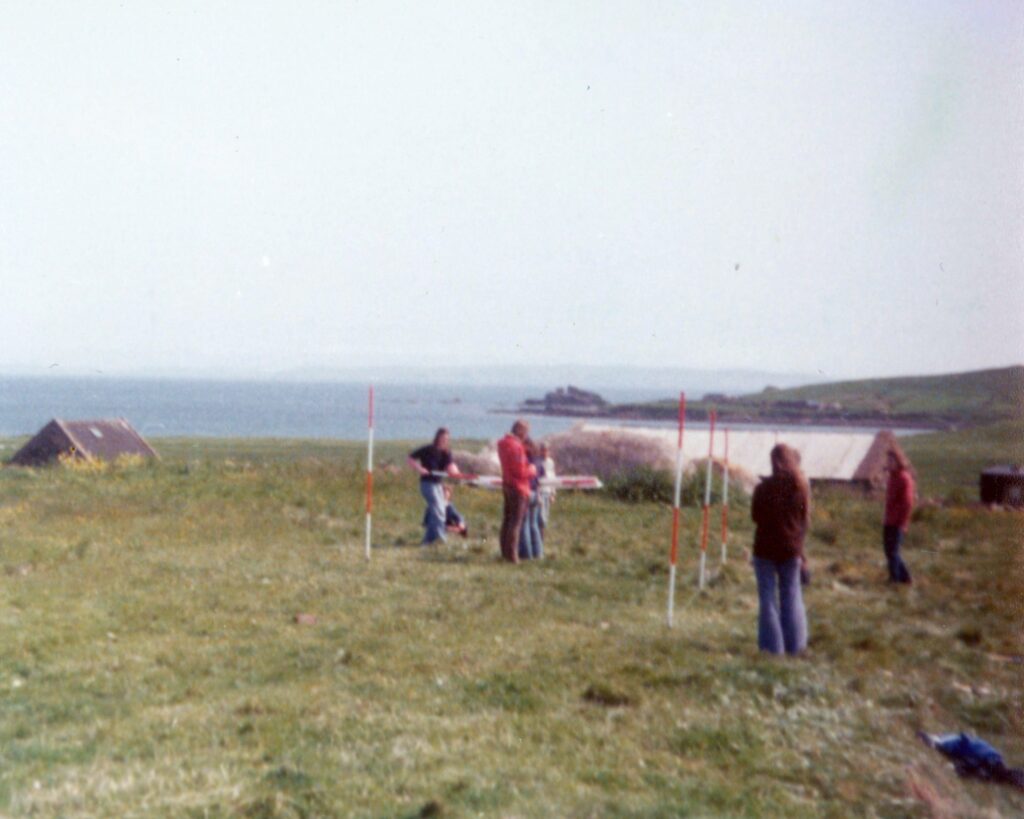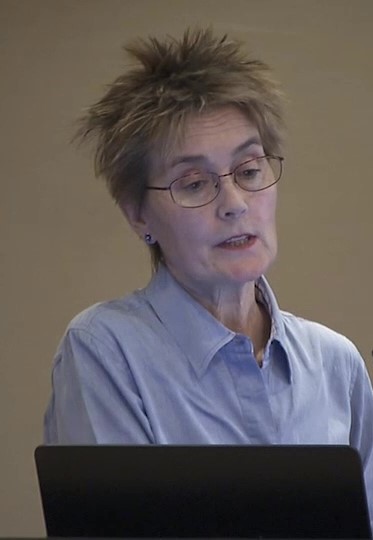From History graduate to story gatherer
Anne Power, MA 1979, describes how a degree in History at St Andrews ultimately led to a career in psychotherapy.

Looking back over my whole career I see a surprisingly strong thread from studying History at St Andrews to working now as a psychotherapist. For 25 years I have been gathering clients’ attachment stories, making sense of them and sometimes writing about them in therapy journals.
Most recently I have written a book about relationships, which aims to bring couple dynamics alive for the general reader by presenting interviews with eighteen contented couples from many traditions and cultures – including heterosexual and same sex couples, arranged marriages and couples who arranged their own relationship, online or through the agencies or technologies available before the internet.
My experience of rolling out essays for the departments of Mediaeval and Modern History was a great preparation for the writing I have done since. The study of History prepares us to absorb and digest a story, to identify the questions we need to ask and the ways we can most usefully arrange the information and finally to present a coherent message – a new version of the story.

In the Modern History department, we had a particularly inspiring teacher in Geoffrey Parker – some of his lectures were standing room only. In the Mediaeval History Department, I will always be grateful to Professor Crawford who was a great source of encouragement to me and who led us on an archaeological dig in Papa Stour. This remote, sparsely populated island on the West of the Shetlands was a beautiful and thrilling place to spend the summer of 1977 in search of a Norse Hall. A document from 1299 indicated that Papa Stour was a centre of administration for Norse Kings and that first dig in 1977 revealed just enough evidence to allow further excavations which confirmed the location of this thirteenth-century building. The site is now marked by a partial reconstruction of a log-timbered ‘stofa’ and its importance explored in papers by Barbara Crawford.

Whilst my undergraduate study gave me confidence in writing, life in St Andrews gave me a chance to find my path towards psychological therapy. I chose St Andrews as I’m a shy person and I hoped that a small university would be a relatively friendly place. I think it was a kindly environment for a someone who was not emotionally strong. I don’t suppose there are more kind people at St Andrews than at other universities, but the smaller scale perhaps makes it easier to find them.
The Friends Meeting House was important to me, as was the wholefood shop on South Street. Lemnos was a pioneering business where we took our own jars to fill with peanut butter and our bags to fill with pulses and brown rice. Between the wholefood shop and the Buddhist Society there was a mixed community of town and gown. One group associated with this community came together to set up a rudimentary student counselling service. In the 1970s the university administration had not heard of counselling and this provision was thus a DIY initiative. St Kat’s drop-in centre opened in a premises behind a shop in South Street and we equipped ourselves as best we could through reading and workshops. I was aware even then that my counselling skills had a long way to go but after some years of therapy and training this work has become my vocation.
After St Andrews I trained as a nurse, which surprised many of my friends. It’s true that I was not well suited to such a hierarchical structure, but when I worked with elderly patients in the east end of London, I felt I’d come to the right place – listening to the stories of my patients was an immense privilege for me and, I hope, affirming for them.
For a young woman who had had the privilege of university education, it was very poignant to hear from a cheerful 88-year-old how she left school at eleven – because it’s what you do when you’re the eldest girl and your mother dies having her ninth baby. Equally it was a privilege to sit beside a dying man who had lied about his age in 1914 so that he could go to the front. Perhaps the army knew he was a child because they had mostly kept him behind the lines looking after the horses. Although it was his lungs that gave out, he had escaped enough of the gas to live to a good age.

My clients’ stories can never be told by me but in 2018 I set about recruiting couples willing to share their story anonymously for publication. Like all couple counsellors I often work with clients who tell of a blissful start to their relationship followed by a horrible disappointment. They may have struggled for years with building resentment before looking for help and there is often a complaint that their partner is ‘not the person I married’.
I have come to distrust the prominent role that we give to romance in our selection of a mate. The intense passionate love of early sexual excitement is bound to change. The neurochemical cocktail has been developed through evolution to keep the two parents together just long enough to support the nursing mother and increase the chances of the helpless human infant surviving. If a relatively secure attachment bond forms during that period, then the couple transition without too much difficulty into a reciprocal caring partnership, with a sexual relationship alongside. I wanted to address this confusion between ‘falling in love’ and a lasting attachment love. Through the generous contribution of couples from romance and arranged marriages, and self-arranged relationships, I was able to use couples’ own words to set out the components of a lasting attachment bond.
In the previous two decades I had written many journal articles and one book for fellow professionals. I was determined to write a book that could help people like my clients and that could be interesting to any couples who wanted to make sense of their relationships. It’s been heartening to hear from couples who have told of reading the book in tandem and discussing the chapters as they go.
Like many graduates of St Andrews, my most enduring gift is that of friends. Over forty years on, I value these bonds more than ever. The fact that my three closest friends took themselves off to different corners of the world is unfortunate but hasn’t stopped us from remaining close. As a couple counsellor I’m curious about the alleged phenomenon that St Andrews has the highest number of graduates forming lasting relationships. This wasn’t my own experience, but I know many lasting St Andrews couples and I can imagine that the environment, more friendly and less fevered than many universities, may provide a relatively secure setting to make one of life’s most important choices.
Anne Power’s latest book is called Contented Couples: Magic, logic or luck?
Watch her talk about it here: